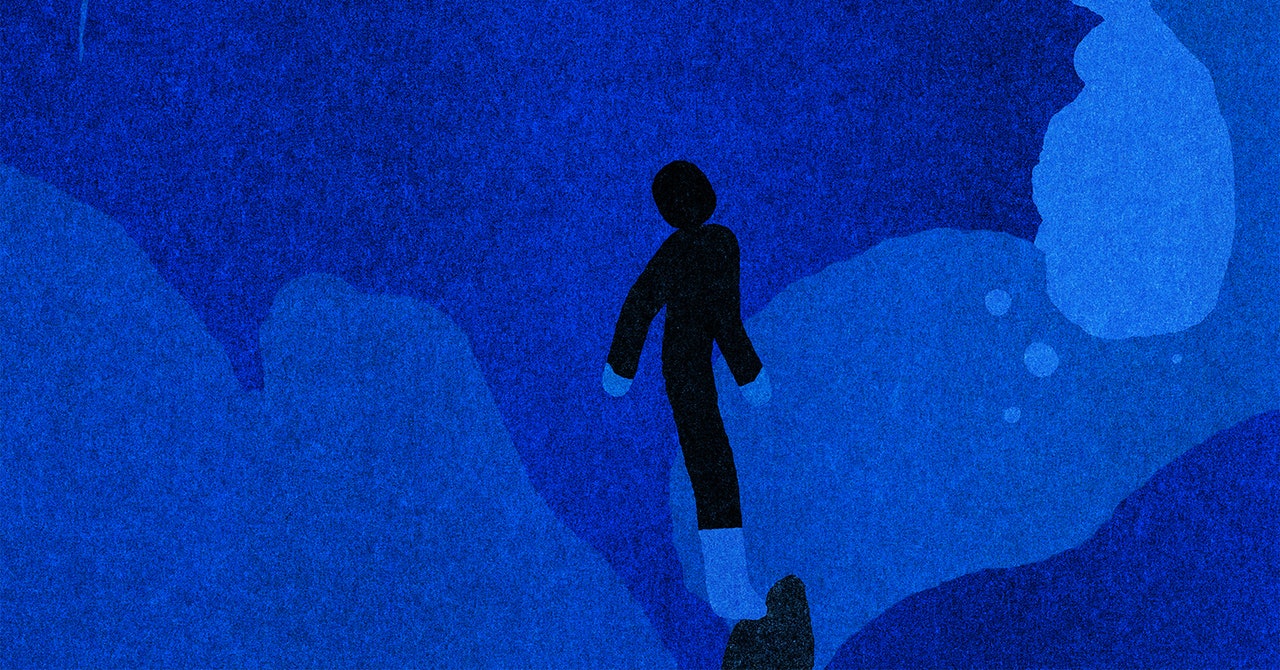
That first year, Fireside trained more than 100 volunteers and conducted some 2,550 conversations with callers—including Greenberg. Within months of reaching Jasmine, he had walked away from his job (and psychedelically high salary) to focus on work “that adds value to the universe.” Eventually he got on the phone with Fireside again—this time not to ask for help but to offer it. By the time we spoke, he’d donated $100,000 and was poised to start as the organization’s CTO, working for free.
There’s a fairly obvious point I should make, maybe one that sometimes gets lost: While exceedingly rare, psychedelics can cause serious harm. A family history of mental illness can propel someone into a psychotic episode. And the symptoms of a trip can potentially obscure a simultaneous medical crisis. A 2022 lawsuit found MAPS partially responsible for the death of Baylee Gatlin, who received care from Zendo volunteers at a music festival in 2017 and later died from organ failure and heat stroke.
“What this movement is doing is absolutely helpful for many people,” says Charles Nemeroff, codirector of the Center for Psychedelic Research & Therapy at Dell Medical School at the University of Texas at Austin. But while the “vast number of case reports would suggest that these substances are relatively safe,” he adds, we’re still in the data-gathering phase.
For her part, O’Donnell calls the harm-reduction approach “incredibly valuable.” She also cautions that a single session with even a well-trained tripsitter won’t necessarily be enough for someone whose past trauma is suddenly surfacing, or who is otherwise having a deeply disturbing experience.
The stakes, Nemeroff notes, are even higher than any one individual’s well-being. “What none of us want to have happen is that the unregulated use of psychedelics lead to tragedies, which then will result in a backlash,” he says. “It’s been so long since we’ve been able to actually study psychedelics.”
For now, there seems little danger of reversing our interest in psychedelics. Sara Gael, a harm reduction officer at MAPS, describes a societal inflection point behind the current psychedelic renaissance. As waves of dysfunction—economic despair, climate change, white supremacy—have surfaced in recent years, people have increasingly looked to these substances to turn the prism on their worlds.
All of this makes me wonder about the real essence of the psychedelic peer support movement. It is, of course, a movement specific to these substances, rooted in a specific context: a time when drug policy remains insistently retrograde and official support systems have crumbled. But maybe it’s also more than that.
Jail, Thorazine, Wavy Gravy, Zendo: As nodes on an arc, these represent a decades-long, mostly underground evolution in how we understand a very particular species of psychic distress, but also in how we help one another at a more general level.
Pires told me that the principles behind contemporary psychedelic peer support apply to regular life too—she uses some of those same skills with her kids. Slow down. Offer calm. Let feelings arise. Maybe good tripsitting isn’t all that different from being a good partner, a good friend, a good relative. And maybe one day we’ll look back and be struck by this era—not so much by our growing interest in these substances, but our shifting understanding of ourselves in their midst.
This article appears in the Jul/Aug 2023 issue. Subscribe now.
Let us know what you think about this article. Submit a letter to the editor at mail@wired.com.

